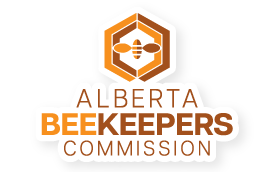Bee Imports 2023: Now That’s More Like it

By Kieran Brett, Bootprint Marketing, on behalf of ABC. So far this year, imports of bee packages into Canada are running well ahead of pre-COVID levels. Importers are reporting record numbers and are still turning business away. Alberta Bee News asked a range of stakeholders about this high demand and what this says about the...



